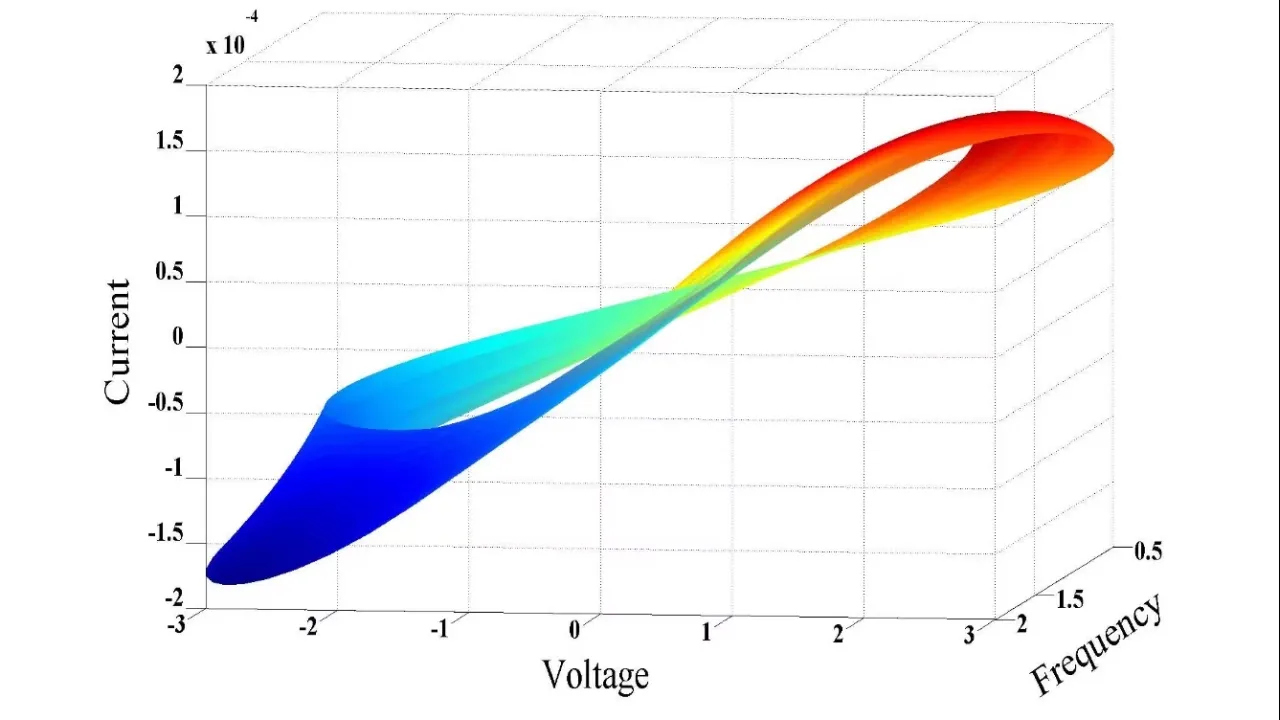
Memristor Based Systems and Device Modeling
Memristor (M) is believed to be the fourth fundamental two terminals passive element, beside the Resistor (R), the Capacitor (C) and the Inductor (L). The existence of such element was postulated by Leon Chua in 1971, but without finding its passive realization. In 1978 Chua and Kang extends the idea to memristive devices and systems .
Overview
Memristor (M) is believed to be the fourth fundamental two terminals passive element, beside the Resistor (R), the Capacitor (C) and the Inductor (L). The existence of such element was postulated by Leon Chua in 1971, but without finding its passive realization. In 1978 Chua and Kang extends the idea to memristive devices and systems . The real Memristor was not found until 2008, when a team in Hewlett-Packard labs had built the first electronic passive Memristor. Memristor found applications in non-volatile memory, reconfigurable logic, spintronics, neural networks, programmable analog circuits, and novel circuit architectures. We introduced a general mathematical model for the memristor device for DC and periodic signals. We also studied the unconventional characteristics of the memristor in oscillators systems. A MATLAB function that returns the numerical solution of the resistance of the memristor for a arbitrary voltage and time vectors and a Verilog model that models the fundamental charge equations have been developed.
Visit our tools section!
References:
- M. A. Khatib, M. E. Fouda, A. G. Mosad , A. G. Radwan and K. N. Salama, Memristor-Based Relaxation Oscillators Using Digital Gates, IEEE International Conference on Computer Engineering & Systems (ICCES’2012), 2012
- M. A. Zidan, H. Fahmy, M.h Hossein and and K. N. Salama, "Memristor Based Memory: The Sneak Paths Problem and Solutions," microelectronics journal, Volume 44, Issue 2, Pages 176–183, 2013
- M. A. Zidan, H. Omran, A.G. Radwan and K. N. Salama "A family of Memristor-Based reactance-Less oscillators," International journal of circuit theory and applications, accepted 2013.
- M. E. Fouda, K. N. Salama and A. G. Radwan, Effect of Boundary on Controlled Memristor-Based Oscillator, IEEE International Conference on Engineering and Technology (ICET 2012), 2012
- G. Mosad, M. E. Fouda, M. A. Khatib, A. G. Radwan and K. N. Salama, Improved Memristor-Based Relaxation Oscillator , microelectronic journal, accepted 2013
- Talukdar, A.G. Radwan and K.N. Salama, "Non Linear Dynamics of Memristor Based 3rd Order Oscillatory System" microelectronics journal,Vol 43, no 3, pp 169-175, march 2012
- M. A. Zidan, H. Omran, A.G. Radwan and K. N. Salama, "Memristor-Based Reactance-Less Oscillator," Electronics Letters, vol. 47, no. 22, pp. 1220–1221, October 2011. (Selected among five papers to be included in the journal's "In Brief" section, top accessed article in march 2012)
- Talukdar, A.G. Radwan and K.N. Salama “Generalized Model for Memristor-Based Wien Family Oscillators” microelectronics journal, Volume 42, Issue 9, September 2011, Pages 1032-103, 2011
- Talukdar, A. G. Radwan, and K. N. Salama, “State Space Modeling of Memristor-Based Wien Oscillator, IEEE international Conference on Microelectronics (ICM), 2011
- Radwan, M. A Zidan, K. N. Salama, “On the Mathematical Modeling of Memristors,” 22nd International Conference on Microelectronics (ICM 2010), pp. 284-287, Cairo, Egypt, December 2010
- Talukdar, A. G. Radwan, and K. N. Salama, “Time Domain Oscillating Poles: Stability Redefined in Memristor Based Wien-Oscillator,” The 22th International Conference on Microelectronics (ICM 2010), pp. 288-291, Cairo, Egypt, December 2010
- Radwan, M. A Zidan, K. N. Salama, “HP Memristor Mathematical Model for Periodic Signals and DC,” IEEE International Midwest Symposium on Circuits and Systems, pp. 861-864, Seattle, USA, August 2010